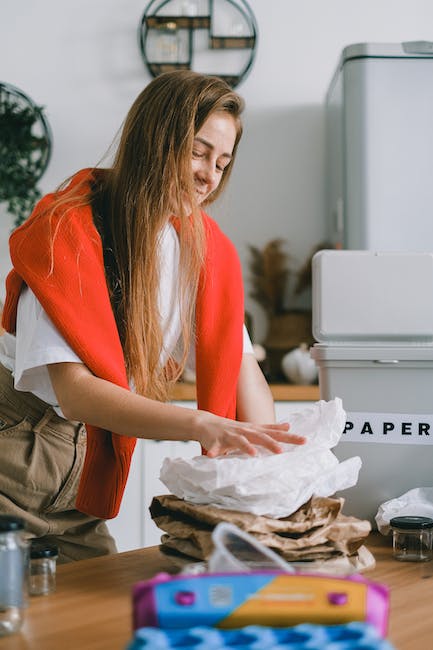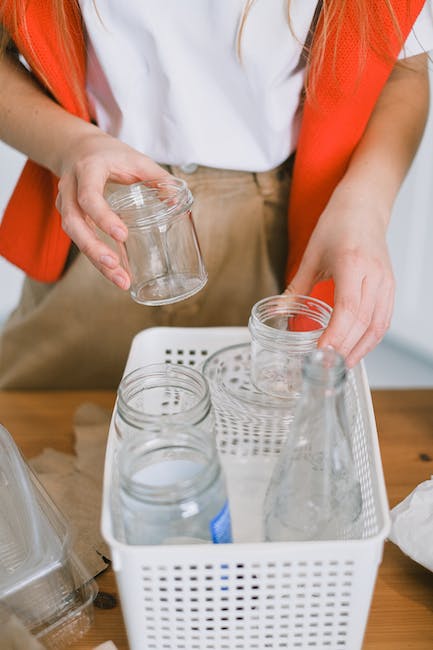There’s no denying that kittens are one of the most adorable creatures on the planet. With their fluffy fur, playful antics, and curious nature, it’s easy to fall in love with them. However, as cute as they may be, they also come with their fair share of challenges, one of which is potty training. If you’re a new kitten owner, you may be wondering how to teach your furry friend to use the litter box. Fear not, for in this article, we’ll be exploring the art of litter box training and how you can help your kitten master it. So, grab a cup of tea, sit back, and let’s get started!
1. From Messy to Masterful: A Guide to Kitten’s Potty Training
Kitten potty training can be a messy and frustrating process, but with the right guidance, you can turn your furry friend into a masterful litter box user. Here are some tips to help you along the way:
– Choose the right litter box: Make sure the litter box is the right size for your kitten and has low sides for easy access. Also, consider the type of litter you use. Some kittens prefer a certain texture or scent, so experiment until you find the right one.
– Establish a routine: Kittens thrive on routine, so establish a regular feeding and potty schedule. After meals or naps, place your kitten in the litter box and wait for them to go. If they don’t go within a few minutes, take them out and try again later.
– Be patient: Potty training takes time and patience. Don’t scold or punish your kitten for accidents, as this can cause anxiety and make the problem worse. Instead, praise and reward them when they use the litter box correctly.
– Clean up accidents immediately: Accidents will happen, so be prepared with cleaning supplies. Use an enzymatic cleaner to eliminate odors and discourage your kitten from using the same spot again.
– Monitor your kitten’s behavior: If your kitten is consistently having accidents or seems to be avoiding the litter box, it could be a sign of a medical issue. Consult with your veterinarian to rule out any underlying health problems.
2. The Art of Litter Box: How to Make Your Kitten a Pro at Potty Time
One of the most important things to consider when bringing a new kitten into your home is how to properly train them to use the litter box. While some cats may take to it naturally, others may need a bit more guidance. Here are some tips to help make your kitten a pro at potty time:
– Choose the right litter box: Make sure the litter box is the appropriate size for your kitten and is easily accessible. Consider the type of litter you use as well – some cats prefer clumping litter, while others may prefer non-clumping or even natural options like wood pellets or recycled paper.
– Location, location, location: The placement of the litter box is crucial. It should be in a quiet, low-traffic area of your home and away from food and water dishes. Cats also prefer privacy when using the litter box, so consider placing it in a covered or semi-covered area.
– Positive reinforcement: When your kitten successfully uses the litter box, praise them and give them a treat. This will help reinforce the behavior and encourage them to continue using the litter box.
– Consistency is key: Make sure to clean the litter box regularly and keep it well-stocked with fresh litter. Cats are creatures of habit, so maintaining a consistent routine will help them feel comfortable and confident when using the litter box.
By following these tips and being patient with your kitten, you can help them become a pro at potty time in no time!
3. No More Accidents: Tips and Tricks for Successful Kitten Potty Training
Kitten potty training can be a daunting task, but with the right tips and tricks, it can be a breeze. Here are some helpful suggestions to ensure that your furry friend is potty trained in no time:
- Consistency is key: Establish a routine for your kitten and stick to it. Take them to their litter box at the same time every day, especially after meals and naps. This will help them understand when it’s time to go potty.
- Choose the right litter box: Make sure the litter box is the right size for your kitten and is easily accessible. Place it in a quiet and private area of your home, away from their food and water bowls.
- Positive reinforcement: When your kitten uses the litter box, give them praise and treats. This will encourage them to continue using the litter box and associate it with positive experiences.
In addition to these tips, it’s important to be patient and understanding with your kitten. Accidents may happen, but with consistency and positive reinforcement, your furry friend will be potty trained in no time. Remember to clean up any accidents promptly and thoroughly to prevent any lingering smells that may attract your kitten back to the same spot. With these tips and tricks, you can say goodbye to accidents and hello to a successfully potty trained kitten. As you embark on the journey of potty training your furry little friend, remember that patience and consistency are key. With the right tools and techniques, your kitten will soon master the art of using the litter box. Don’t forget to reward them for their good behavior and always keep their litter box clean and accessible. With a little bit of effort and a lot of love, your kitten will become a potty training pro in no time. Happy training!

